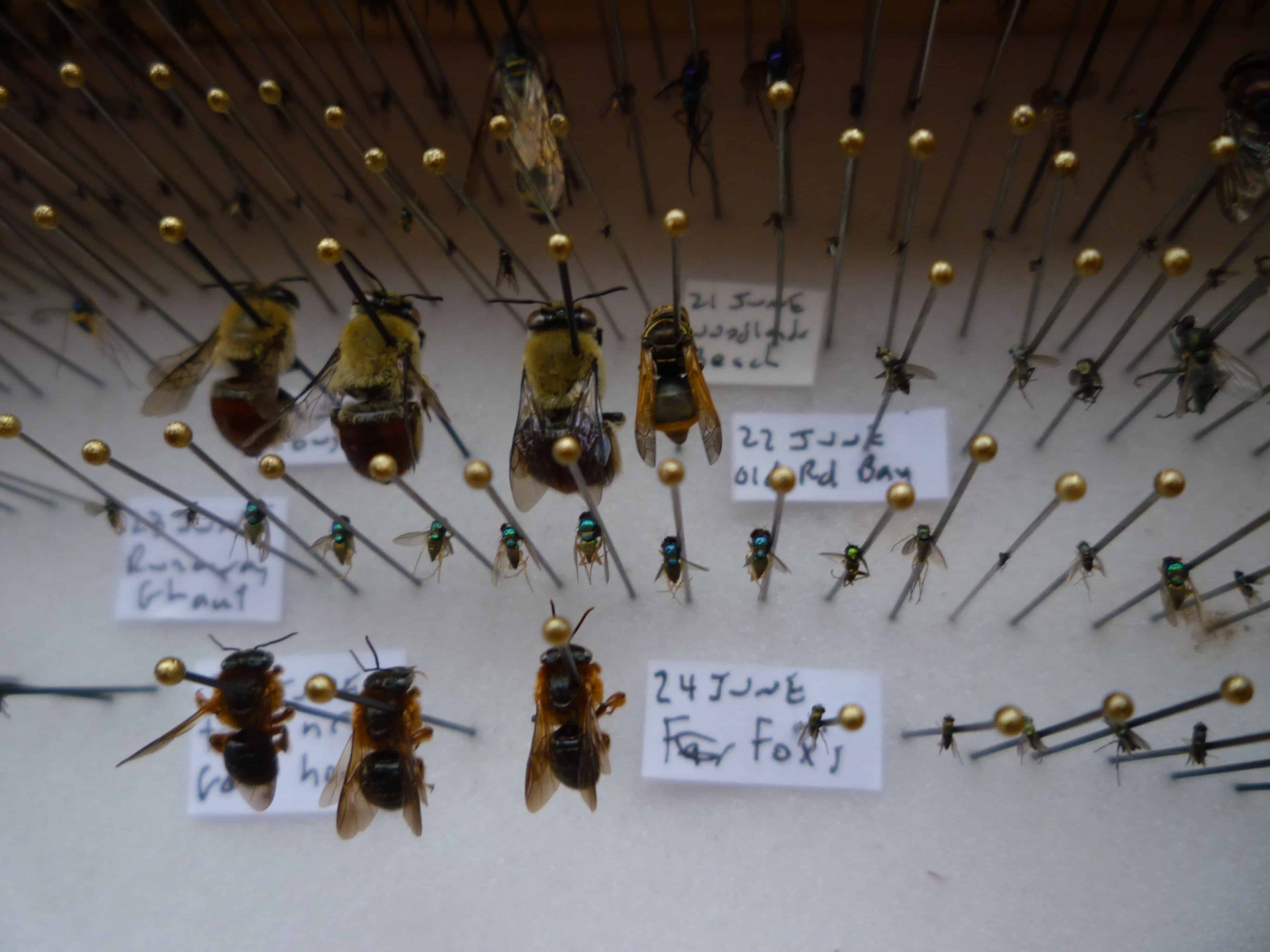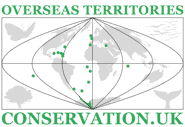Maximising long-term survival prospects of Montserrat’s endemic species and ecosystem-services
Despite two-thirds of Montserrat being zones of restriction due to volcanic activity, Montserrat remains hugely important for endemic species. Earlier part-Darwin-funded work by others centred on the Centre Hills. This project takes a strategic view of the whole island – needed to identify and minimise pressures. This is to ensure that the natural resources are safeguarded, thereby also underpinning economic recovery – despite the need to replace the capital and only town, destroyed by the volcano.
In 2016, we received a Darwin Plus grant (DPLUS49) for a project in partnership with the Montserrat National Trust (MNT), Montserrat Government Department of Environment, Montana State University (MSU) and Treweek Environmental Consultants. The grant to set this successful initiative has now ended, but you can contribute to keeping this vital work here.



The linking rationale of the project is both to help increase this local capacity and to give the best chances possible for Montserrat’s unique and rare species of wildlife to survive in the long term. The latter is done most effectively by allowing the species ranges to be as extensive as possible – something of a challenge in a small island, especially one which has lost a great deal of its vegetated area to the volcano in the short term. The wildlife is important, not only in its own right and for the quality of life of Montserratians, but also as a major draw for tourists, increasing in the future to the benefit of Montserrat, this being a major element of the economy.
Under this rationale, the project aims at filling four key gaps.
First, over the 2 years of the project, a series of stakeholder meetings are taking place to develop, by consultation, a widely shared vision and initial plan for the future use of the southern two-thirds (where permanent human occupation is no longer possible due to volcanic risk), an area thought to be ecologically rich in endemic species; the approach emphasises (but not limited to) potential restoration of natural ecosystems, endangered by the actions of feral farm animals which had to be abandoned due to volcanic explosions. The stakeholder meetings have identified how the south could provide opportunities, which contribute towards the island’s economy, e.g. ecotourism, scientific research.
Second, to develop a system to ensure that developments in the occupied zone take full account of maintaining the natural environment- this involved the visit of two world experts in environmental impact assessments
Third, our “Adopt a Home for Wildlife” initiative allows individuals, organisations, community groups and businesses to maintain and protect a public or private space, in partnership with the MNT. It is one realistic opportunity of safeguarding and restoring pockets of habitats, e.g. tropical dry forest, across the island and will continue beyond the project end.
Nicolas Tirard, the initial Project Officer at MNT, worked with several land-owners, producing some immediate and positive outcomes. For example, the large stand of Casuarina (a highly invasive Australian species found in the Caribbean) was removed from much of the Belham Valley area, but carefully keeping those native species, which provide important coastal defence and natural shade for a recreation area. Below are a selection of videos relating to the project.
1. Old Road Bay
2. Work of the Cork Hill Reunion Committee, removing invasives and restoring native plants in and around their former gardens here
3. Montserrat National Trust’s native plant nursery, which is vital in supplying the young plants for Adopt a Home for Wildlife and other sites here
Fourth, for over 20 years, MSU has been involved in collecting information on invertebrate species found on Montserrat. They have found over 700 species of beetles there, including 80 endemics. In 2017, a team from MSU visited the island to demonstrate the newly developed Montserrat-centred access to database systems and the previous insect survey records that they have captured for the database. Their visit both tested its match to Montserrat’s needs by consultations on the final formatting aspects, and provided training to people in Montserrat in the use of the online database. The team also continued the insect fieldwork in areas under-studied (e.g. coastal and agricultural areas). Local people participated for training, and the team provided public lectures attended by 1% of the island’s population.
As part of the project communication activities, project newsletters have been produced which outline project activities in great detail.
We have published also several articles on this project online: Seedball blog on the Bottle bee of Montserrat and the Darwin Initiative newsletter.
Acknowledgments
We thank the people of Montserrat who have shown us their evergreen welcome and tremendous hospitality during our visits. They have enthusiastically participated in all activities and it is clear that they are deeply committed to preserving and protecting their special island.
We must also thank Duncan Hutt, Katie Metcalf, Dulcie, Janice Panton and everyone else involved in the project.
